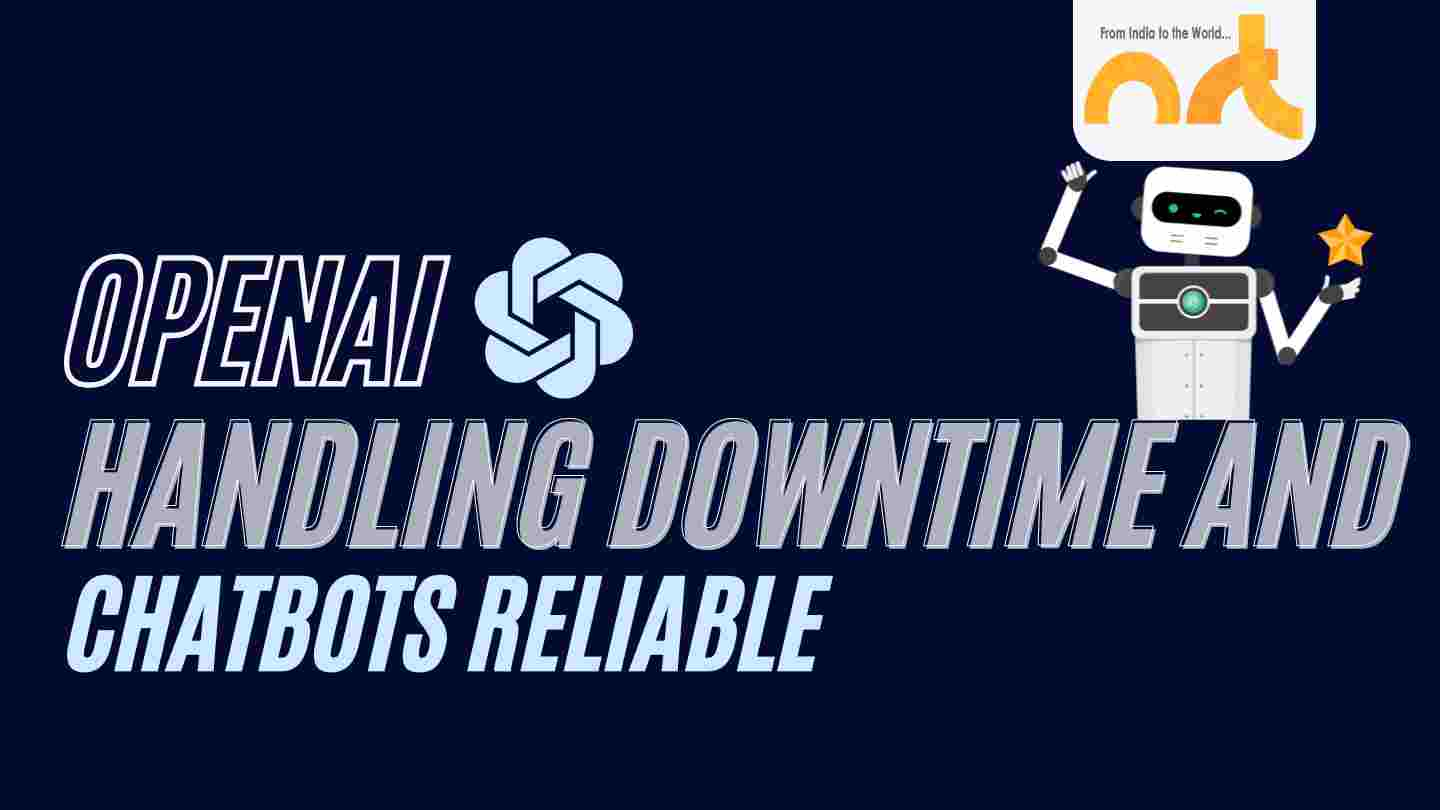In today’s world, artificial intelligence (AI) is changing how we interact with technology. OpenAI, a leader in AI, has created advanced models like ChatGPT. As we depend more on these smart systems for everything from customer service to personal assistance, it’s important to understand and manage when they go offline, known as downtime.
The Growth of AI and Chatbots
AI has made a huge impact on many areas, including healthcare, finance, entertainment, and education. One of its popular uses is chatbots—intelligent programs that can have conversations with people. OpenAI’s ChatGPT can understand and generate text that sounds human, making it very useful for businesses and individuals.
Chatbots are everywhere now, answering customer questions, providing tech support, and chatting with users. They work around the clock without getting tired, which is crucial in our fast-paced world where people expect quick responses.
What is Downtime?
Despite their advanced abilities, AI systems like ChatGPT can sometimes go offline. This downtime can happen due to server maintenance, software updates, or unexpected technical issues.
For businesses and users, chatbot downtime can be inconvenient and sometimes costly. It can lead to delays in service and potential loss of sales or reputation. Knowing why downtime happens and how to handle it is important to minimize its effects.
How to Manage Downtime
- Regular Maintenance: Regular check-ups are important for keeping AI systems running well. Scheduled downtimes, though inconvenient, are necessary for updating software and fixing issues. Letting users know in advance helps manage their expectations.
- Backup Systems: Having backup systems ensures that if one server fails, another can take over. This setup reduces downtime and keeps the service running. OpenAI uses cloud infrastructure to make its services more reliable.
- Continuous Monitoring: Keeping an eye on AI systems in real-time helps spot issues early. Advanced monitoring tools allow engineers to fix problems before they cause significant downtime.
- User Communication: It’s important to communicate with users during downtime. Keeping them informed about what’s happening, how long it will last, and progress updates helps maintain trust.
OpenAI’s Focus on Reliability
OpenAI is dedicated to making its AI models reliable and available. By investing in top-notch infrastructure, performing regular maintenance, and constantly monitoring performance, OpenAI aims to reduce downtime and improve user experience.
OpenAI also listens to feedback from the community to improve its models and services. This approach helps build a strong system where users and developers can rely on AI for important tasks.
Conclusion
As AI becomes a bigger part of our lives, understanding and managing downtime is crucial. OpenAI’s focus on creating reliable AI systems like ChatGPT shows the potential of AI when combined with good maintenance and user-focused practices. By addressing downtime challenges, OpenAI is ensuring that AI remains a dependable tool in our digital world.





